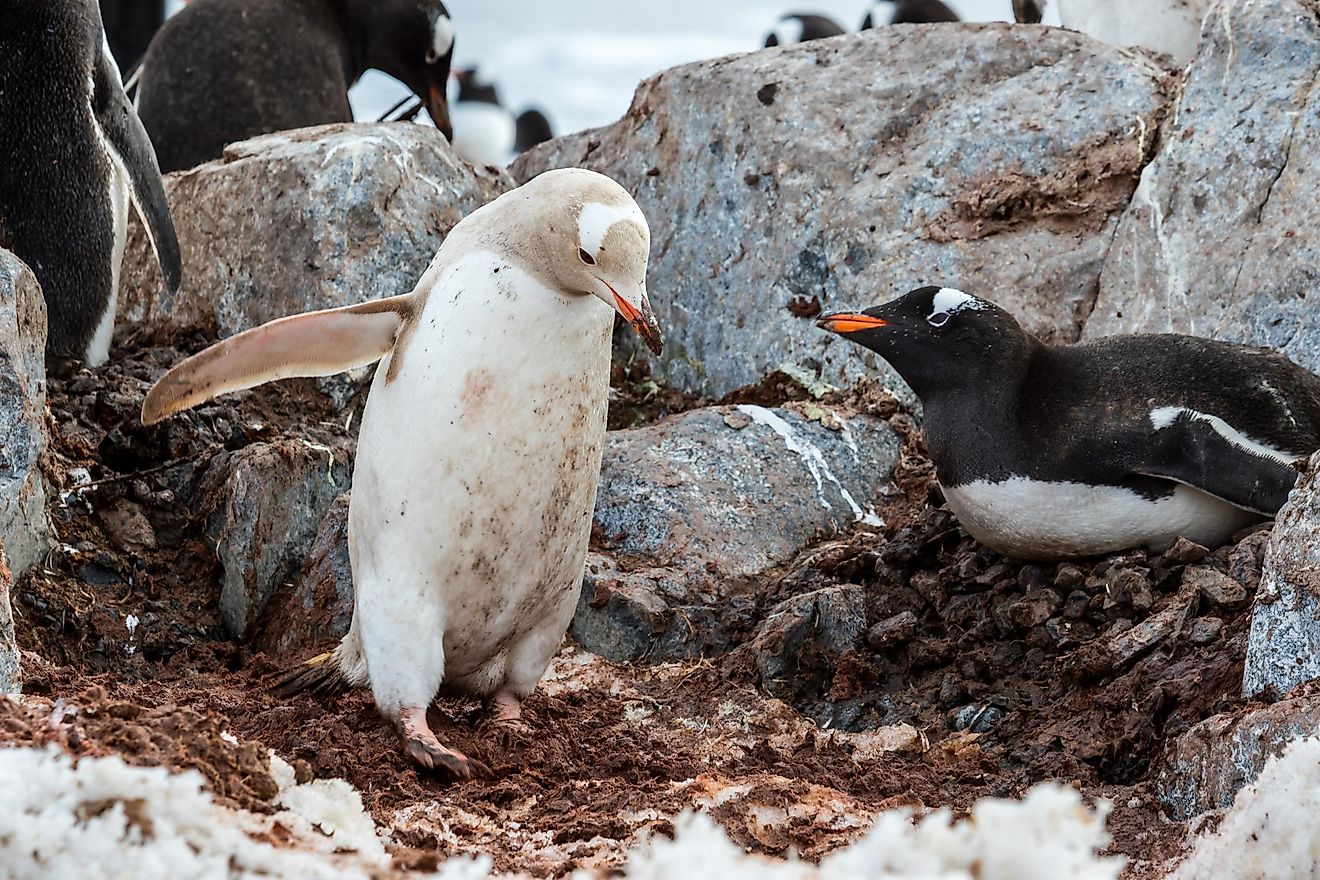What Is The Rarest Sea Creature?

- Allonautilus scrobiculatus is also commonly known as the crusty Nautilus or fuzzy Nautilus.
- Nautilus' shell has a diameter of 18 centimeters on average (7 inches).
- The crusty Nautilus has a specific type of “shell skin” called the periostracum, and can be described as slimy hair.
While the exact rarest sea creature is a bit hard to determine, several marine animals are found extremely rarely. Some of those include the black swallower, the northern stargazer, the frilled shark, or the blobfish. However, there is one creature that has not been seen for 30 years until recently.
That creature is the Allonautilus scrobiculatus, commonly known as the crusty Nautilus or fuzzy Nautilus. While a large part of our oceans remains unexplored and there are probably hundreds if not thousands of creatures we are not aware of, this creature is considered by many to be the rarest of them all.
The “Crusty Nautilus”
The crusty Nautilus is found around the waters close to New Guinea, more specifically Milne Bay and New Britain, while some can be found around the Solomon Islands as well. They can be recognized by their large umbilicus, which is proudly open and takes up around a fifth of their shell. This species was previously a part of the nautilus genus, but have been recently given a genus of their own seeing as how they have some morphological differences to the creatures of the nautilus genus.
Their shells have a crease and a special layer called the periostracum that adds an extra crust and covers the majority of the shell. Their reproductive system is different from the ones found in the members of the Nautilus genus, as well as their gills. Their shells have a diameter of 18 centimeters on average (7 inches). Marine experts believed that the species went extinct in 1986, but they reappeared in 2015. An interesting tidbit about them is that they were actually only seen twice in history, and they have been living on the planet for 500 million years.
An Entirely New Genus For the “Living Fossil”
As mentioned, the Allonautilus scrobiculatus is a part of the Allonautilus genus, which is relatively new and contains only two species. This genus is extremely understudied, and even marine experts lack sufficient knowledge about it. However, this genus has a sister genus, Nautilus, and there is plenty of knowledge about them since they have been studied as far back as the renaissance period.
The Allonautilus scrobiculatus looks somewhat similar to the members of the Nautilus genus; however, they have some extremely specific morphological differences that make them stand out. Their thick shell covered in slime is something that is immediately noticed and is the main difference to the creatures from the Nautilus genus. They are also covered with white papillae in different shapes that grow out of their hood. They also have a specific shell shape that has a large number of grooves made into it. Their gills are similar to those of the nautilus genus members, although they are smaller.
The crusty Nautilus has a special type of “shell skin” called the periostracum, and it is best described as slimy hair. This species dates back 500 million years into the past, and many marine researchers and biologists have been impressed by this incredibly rare creature for decades. It survived hundreds of millions of years without changing at all, and many consider it to be a living fossil.











